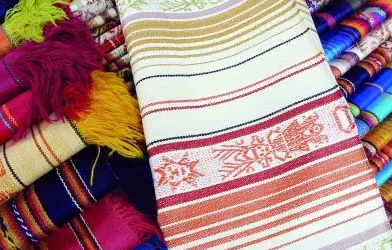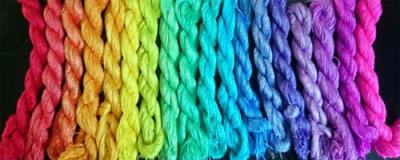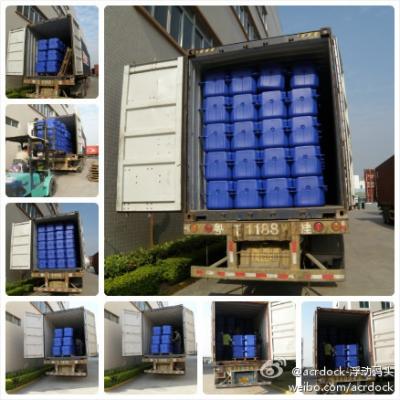
The purposes of pretreatment
Through chemical and physical mechanical action, the natural impurities contained in the fibers are removed, and the slurry and oil stains applied in the textile processing are also removed, giving the fiber a full display of its high quality. Thus, the fabric has a white appearance, soft feel, and good permeability, which is to meet the use of demand, and to provide qualified semi-finished products for dyeing, printing, finishing.
The process of pretreatment
The process of pretreatment varies as the quality of fiber、 the processing of textile、quality of after processing and finished products.
The pretreatment process of cotton fabric
1. the cloth is ready
2. singeing
The principle of singeing : when heated singeing, fluff and cloth body has a different temperature, and then to burn the villus.
The quality of singeing: level—five assessment
The process of singeing: brush box→singeing opening→fire box
3. Desizing
The original cloth contains slurry and is mainly coated on the surface layer of warp yarn which must be removed first. To remove the slurry from the yarn by means of decomposition or dissolution - desizing.
Ingredients: starch, polyvinyl alcohol, acrylic acid and so on.
Desizing methods: four kinds - enzyme, base, oxidant, acid desizing.
Desizing effect: 70% off. Size test: iodine solution, dye
4. Boiling
The purpose of boiling: after desizing slurry of scouring cotton, part of the most natural impurities (waxy substances, pectic substances, nitrogen, gray, pigment and cottonseed shell) have been removed, but a small amount of residual slurry and most natural impurities, which is a yellow cotton fabric cloth, and has poor permeability. Therefore it can not adapt to the requirements of dyeing and printing processing. During the scouring process, the residual size and most natural impurities on the cotton fabric can be removed. The water absorption of cotton fabric is improved, and it is beneficial to the penetration and expansion of dye in dyeing and finishing.
Scouring agent: NaOH + other scouring agent.
5. Bleach
After scouring, most natural and man-made process the fabric of has been removed, and the capillary effect has been significantly improved that can satisfy the processing requirements of some varieties. But for bleached fabrics and bright colored light colored cotton fabrics and colored fabrics, they also need to be increased whiteness, so they should be bleached to further remove the pigment on the fabric, which makes the fabric more white. In addition, bleaching can continue to remove the scouring of the natural impurities, such as cottonseed hulls, which have not yet been removed.
Bleaching method: dipping, bleaching, bleaching and bleaching
Whiteness requirement: 85%
Bleach: use oxidants - NaClO (Lv Piao), H2O2 (Yang Piao), NaClO2 (Ya Piao)
6. Open, roll and dry
Open width, rolling water drying, refers to as rolling baking. It is the practice of rope bleaching process to make it become flat after the fabric expansion. Through vacuum suction and roll extrusion, and to remove part of the water on the fabric, finally, to be drying, it meets the needs of mercerizing and dyeing, printing and other processing.
7. Mercerization
Under the condition of a certain tension, textiles can obtain the general silk luster with the help of concentrated caustic soda and keep the required size. This process is called mercerizing.
The principle of mercerizing: The association of NaOH with the hydroxyl groups of cotton cellulose molecules brings in a large number of water molecules, which causes the cotton fibers to swell violently and changes the supramolecular structure. After washing away the NaOH, the structure will not change again. The cross-sectional and vertical appearance of the cotton fiber changes at this time.



 English
English  日本語
日本語  Español
Español  tiếng việt
tiếng việt  Türkçe
Türkçe  ไทย
ไทย  українська
українська  हिंदी
हिंदी  বাঙালি
বাঙালি  اردو
اردو 




